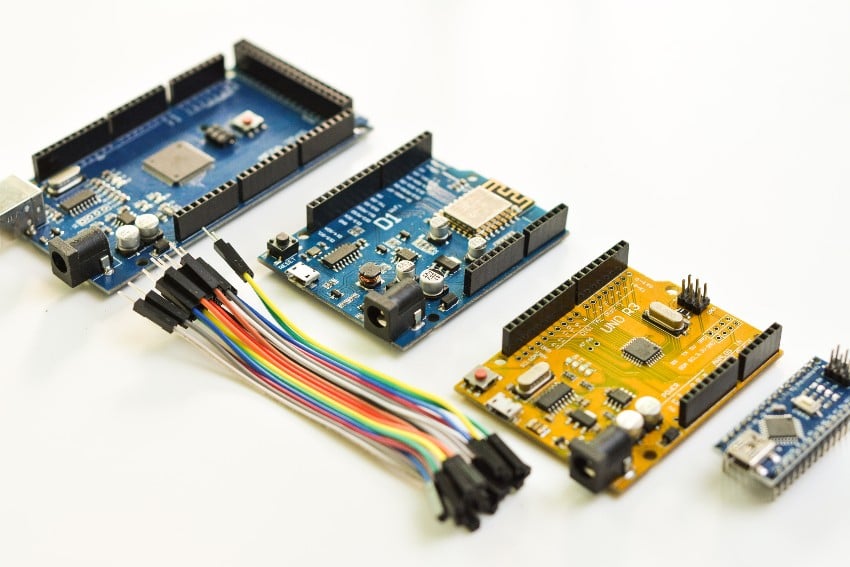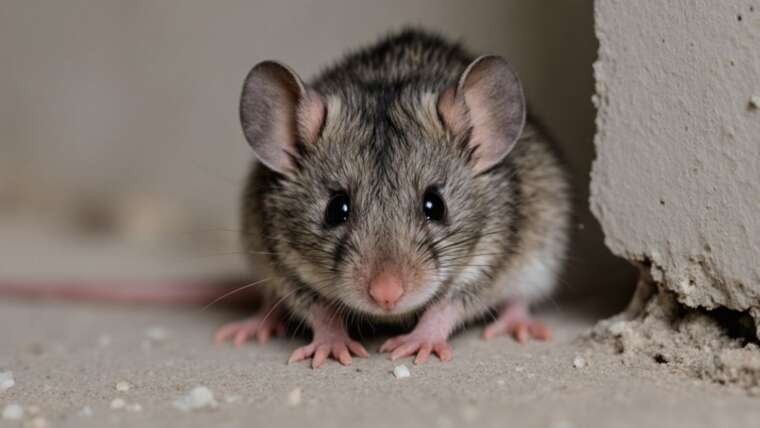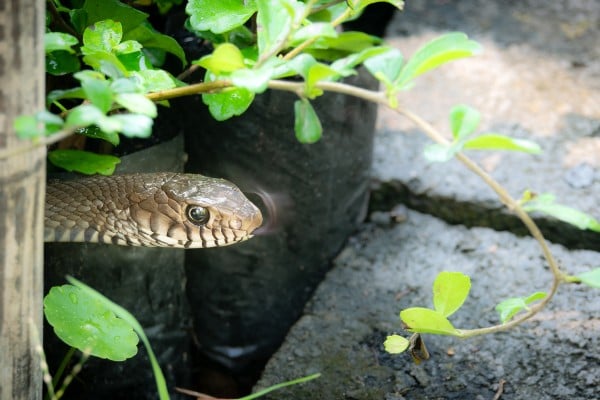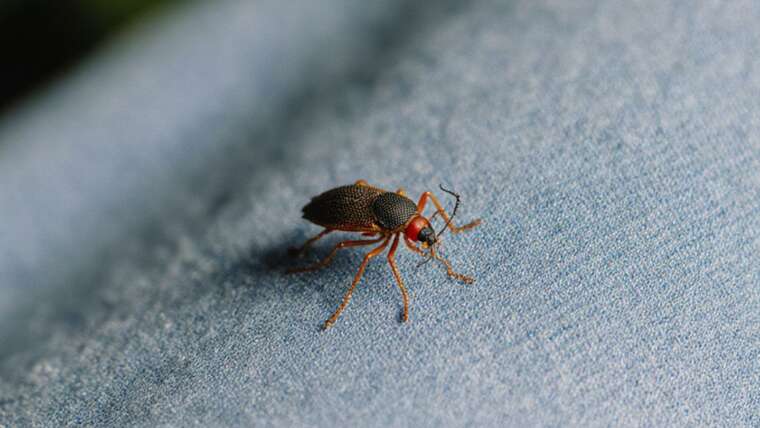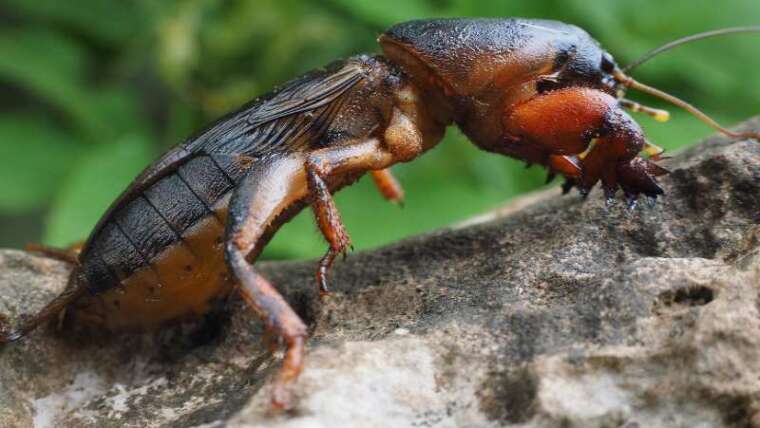Understanding Bed Bugs and Their Habitats
Bed bugs are notorious pests that thrive in environments where humans rest and sleep. Their primary haunts include mattresses, bedsheets, couches, and luggage, all of which provide them with ideal hiding spots close to their food sources. These pests have finely tuned senses, detecting potential blood meals through the carbon dioxide (CO2) and warmth emitted from human bodies. However, bed bugs can also find refuge in unexpected places, such as the crevices of lamps, stuffed animals, and even electronic devices.
Tip: To keep bed bugs at bay, regularly check your luggage for any signs of infestation after traveling. Using a luggage rack can also minimize contact with bed bug-prone surfaces.
Hidden Threat: Bed Bugs in Electronics
Adult bed bugs possess a flat body structure and grow to about one-sixth of an inch in length, allowing them to squeeze into tiny openings and internal spaces of electronics. Devices such as laptops, computer monitors, TV screens, and gaming consoles, which might seem unlikely hosts for these pests, can be vulnerable, especially if they’ve been near infested fabrics or environments. While the presence of bed bugs in electronics is relatively rare, it can happen. These pests will eventually seek out blood meals, but they can persist temporarily between feedings within electronic devices.
Fact: The central processing unit (CPU) of a computer can store heat, making it an ideal refuge for bed bugs looking for a warm shelter.
What To Do if You Have Bed Bugs in Your Electronics
Know Which Devices are Most at Risk
When it comes to electronics, devices situated close to resting areas—like alarm clocks and bedroom speakers—pose a higher risk due to their proximity to bedding. The ventilation openings and ports on many devices provide easy access for these pests.
Tip: To minimize risks, periodically inspect these devices and clean them with a dry microfiber cloth that can capture small debris, including early-stage nymphs.
Avoid Applying Typical Bed Bug Treatments
While various chemical and non-chemical treatments can eradicate bed bugs, many of these methods require heat or extreme cold that could damage your electronics. The first step should be to physically remove visible bed bugs with a vacuum cleaner. After vacuuming, it is crucial to dispose of the bag or container immediately outside your home to avoid reinfestation.
Fact: Always consult the manufacturer’s guidelines before cleaning electronics, as certain cleaning methods can void warranties.
Proper Storage of De-infested Items
Bed bugs can survive for months without feeding, so if you suspect an item is infested but is not needed, seal it in a heavy-duty garbage bag and store it for at least ten months. This approach helps ensure that any lingering bed bugs die off. Furthermore, items that have been de-infested should be stored in sealed bins to minimize the risk of re-infestation.
Tip: Label your storage bags with the date they were sealed to remind you when it’s safe to retrieve or discard the items.
Call a Professional
If you are uncertain about the state of your electronics, consulting a pest control professional can provide clarity and assistance. They will help you identify common signs of bed bug infestations, including the appearance of bite marks on the skin and the presence of shed exoskeletons or droppings. A qualified technician can then conduct a thorough inspection and suggest a tailored treatment plan to effectively manage the situation.
Fact: Many pest control companies offer free inspections—take advantage of these services to assess the extent of the infestation without any financial commitment.
Conclusion
Although finding bed bugs in electronics is uncommon, their presence can indicate a more significant infestation. If you suspect any bed bug activity within your devices, it’s wise to act quickly and consider professional help. Companies like Terminix can provide comprehensive inspections and customized treatment plans, ensuring you regain a pest-free environment.
Tip: Regularly schedule extermination consultations as part of home maintenance to stay ahead of potential infestations.

